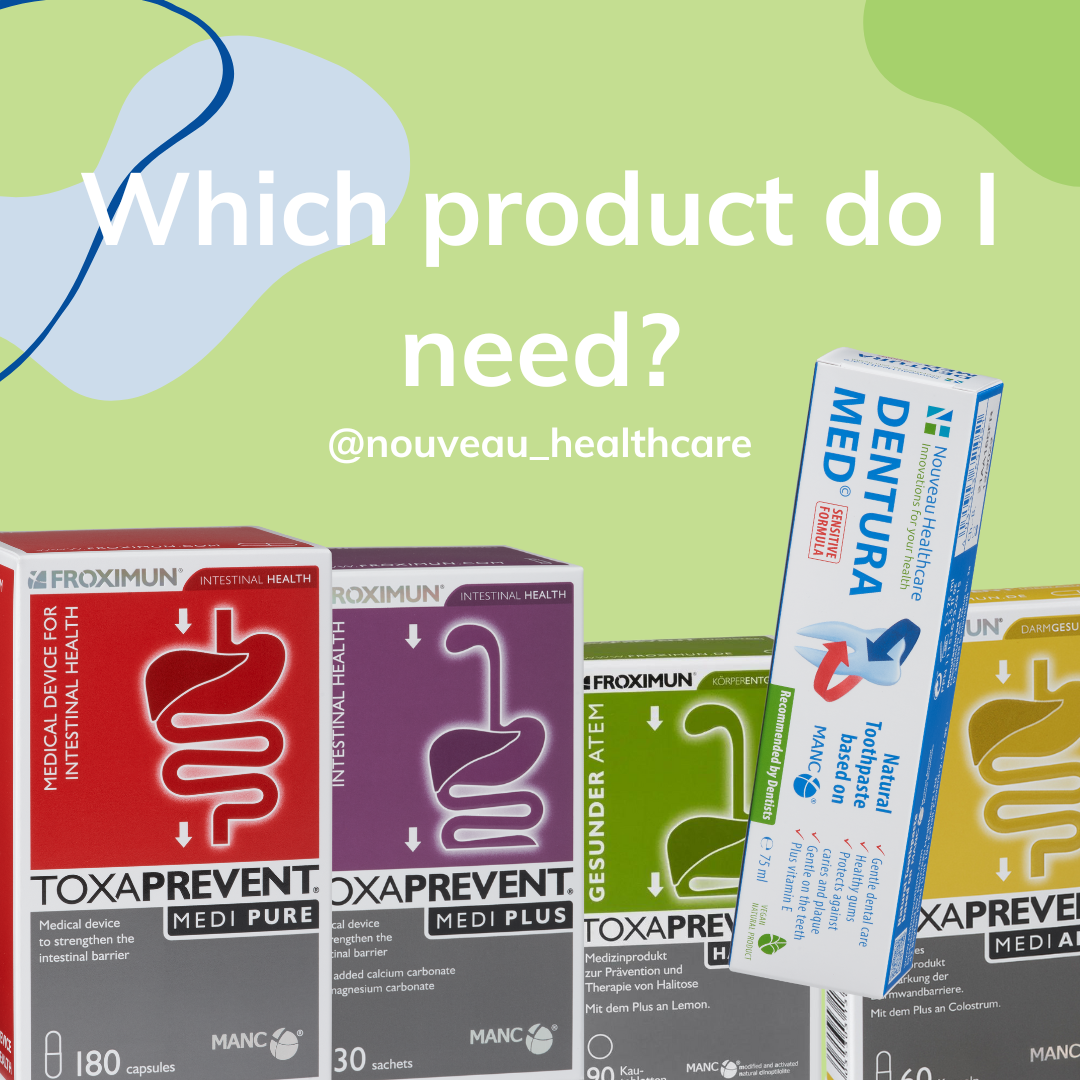A low histamine diet is a way of eating which removes foods that are high in histamine, as well as those which may trigger the release of histamine in order to help ease symptoms and histamine load.
Histamine is part of the body’s natural immune response to an allergen or injury, but in some people it can cause a histamine intolerance whereby the body is unable to breakdown the excess histamine and it starts to create health issues.
Discover our full range of zeolite clinoptilolite products or check out even more educational articles and videos.
There are several reasons as to why histamine may build up in the body including:
- Menopause or hormone imbalances
- DAO deficiency – this is the enzyme that is involved in histamine metabolism
- Digestive issues and gut bacteria imbalance
- Allergies
- Medications
- High histamine foods
The 'histamine bucket'
This is a great visual aid for explaining histamine excess or histamine intolerance.

We each have a histamine bucket and it begins to fill with histamine from various sources and triggers i.e.
- food
- gut dysbiosis
- allergens such as pollen, dust etc
- stress
- certain medications
Conditions associated with a histamine excess
- Hay fever or allergic rhinitis
- Atopic dermatitis
- Allergic asthma
- Pruritus or urticaria
- Mast Cell Activation Syndrome (MCAS)
Ways to manage histamine excess
There are several ways to better manage your histamine excess, including:
1. Antihistamines – these are over the counter or prescription medications that block histamine in the body, and aim to stop the allergic reaction from happening. What they can’t do however, is help manage the histamine load or ‘bucket’, making them more of a short-term solution.
2. Natural antihistamines – nature also has some natural antihistamines, such as vitamin C, which can be bought as supplement, or you can look to increase foods in the diet that contain these nutrients such as: okra, blueberries, onions, parsley, sage, olive oil and grapes. Be aware however, that some of the foods high in these nutrients – e.g. pineapple, apple and strawberries – are also high in histamine! These natural antihistamines include:
- Vitamin C: helps to remove histamine in the body when it is produced
- Quercetin: inhibits the production and release of histamine
- Stinging nettle or nettle leaf: naturally blocks histamine production
- Bromelain: helps to fight inflammation by reducing swelling or irritation caused by histamine
4. Remove high histamine foods – removing high histamine foods can help prevent an excess of histamine in the body.
High histamine foods to remove on a low histamine diet include:
- Dry goods: chickpeas, soy flour, peanuts, cashew nuts, pistachios and almonds
- Breads: sourdough
- Condiments: pickles, vinegars and tomato ketchup
- Meat: cured or fermented meat such as salami, prosciutto, chorizo and bacon
- Fish: frozen, salted or tinned fish such as sardines and tuna
- Shellfish
- Vegetables: aubergines, spinach and tomatoes
- Fruit: dried fruit, cherries, mangoes, pineapple, apples and bananas
- Fermented dairy products such as cheese (especially aged cheese), yoghurt and sour cream
- Fermented vegetables including kimchi and sauerkraut
- Fermented soy including miso, soy sauce and tempeh
- Fermented drinks such as kombucha, ginger beer and kefir
- Alcohol: wine, beer and champagne
Histamine liberators:
- Citrus fruits: limes, oranges and lemons
- Chocolate
- Kiwi
- Strawberry
- Pineapple
- Plums
Call us on 02476363873 or email us at info@nhinnovations.com to discuss your questions with a member of our clinical team.
Enjoyed this guide? Now read...
What is a low histamine diet?
Everything you need to know about high histamine foods
Histamine: what is it and why is it important?


